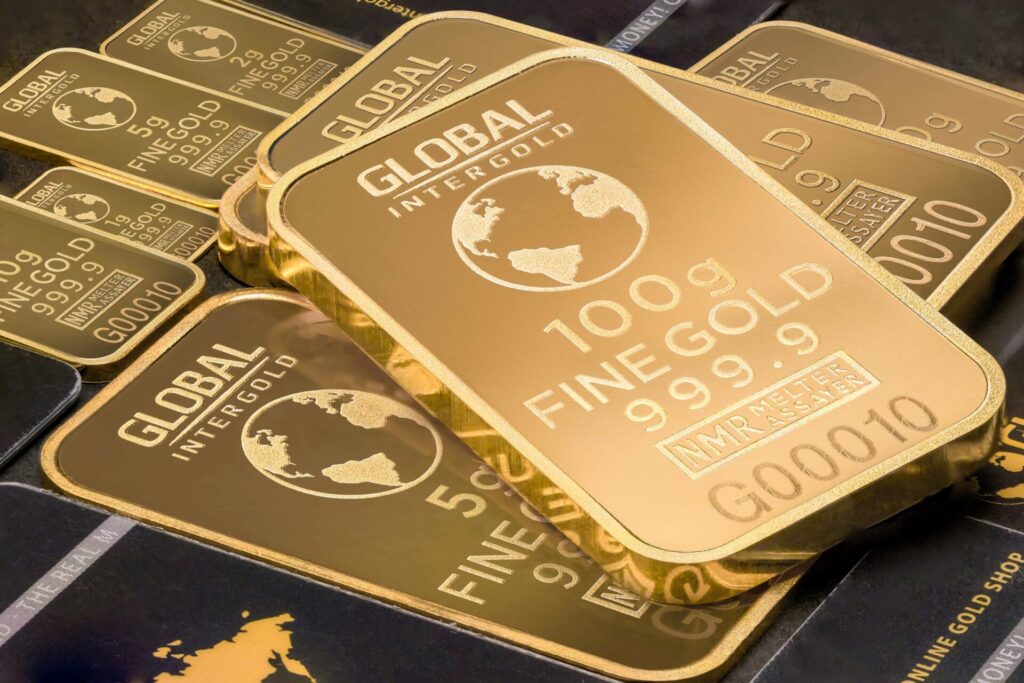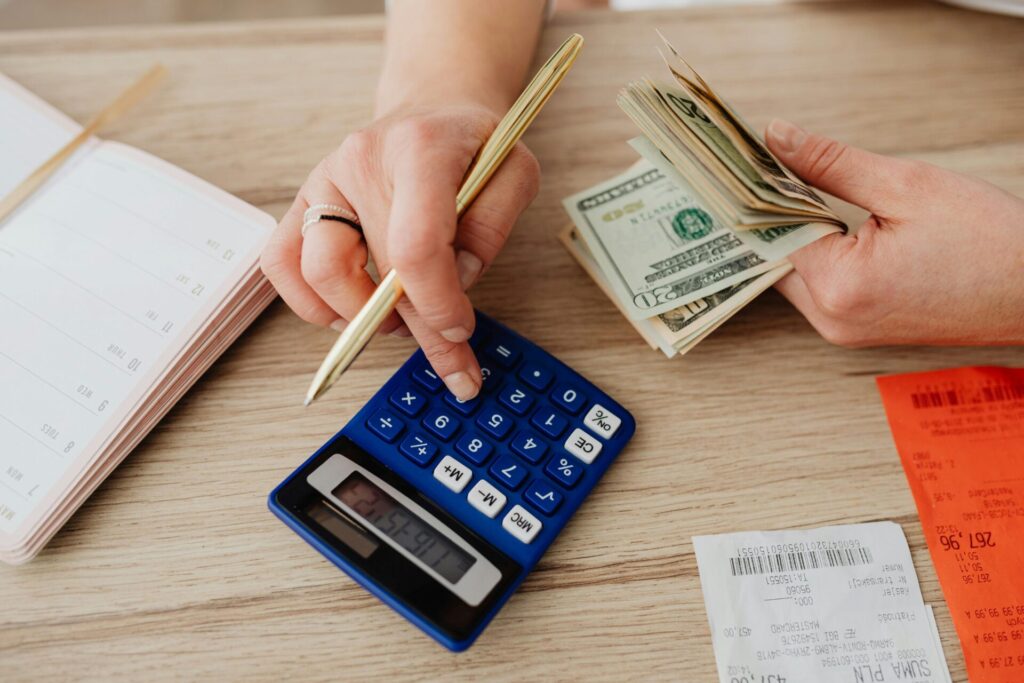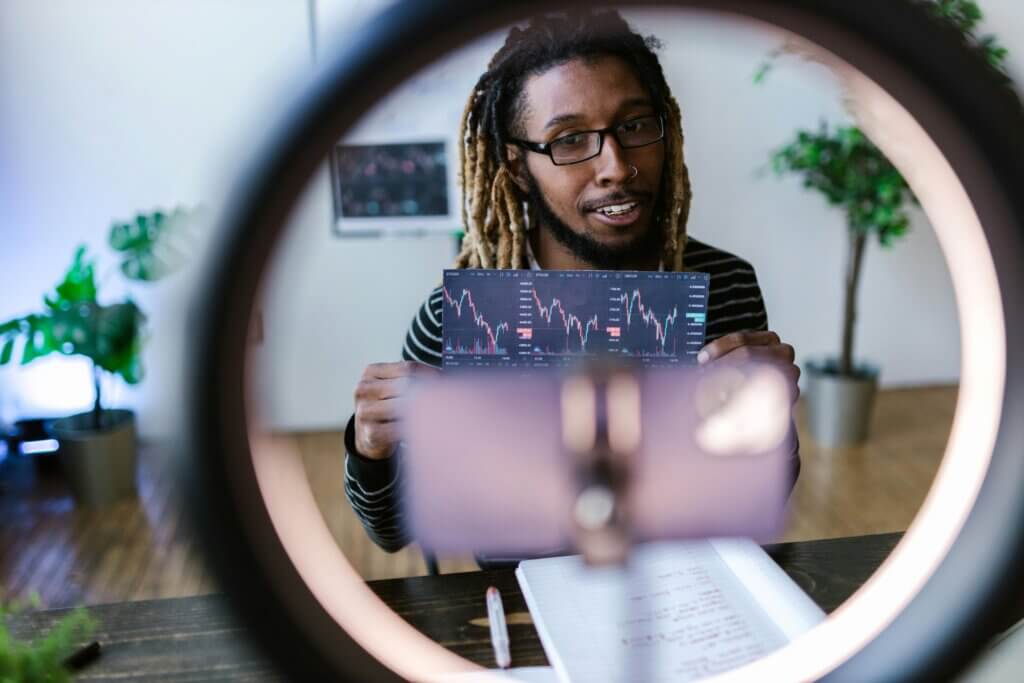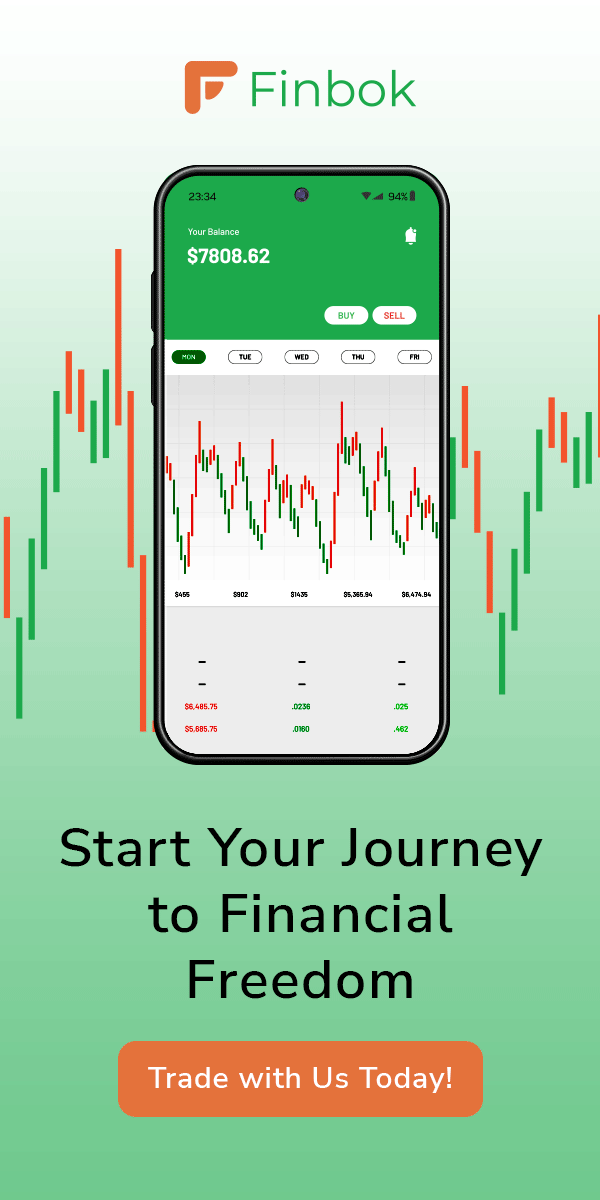What is commodity trading and where should I begin? What are the most active markets to trade and what commodities should I trade in them?
Knowing the most active markets should inform your trading decisions, whether you are interested in gold, oil, or agricultural commodities.
In this guide, we will walk you through the most active commodities trading markets and break down the details into easy-to-digest, actionable steps.
By the end of this blog post, you will know what markets to focus on, what risks are involved, and how to get started. Come along with Finkbok and discover the world of commodity trading.
1. Gold: The Go-To Market for Commodity Trading
Gold is one of the most traded commodities, and as it has a long-standing reputation of being a secure trade, traders tend to buy gold during the economic downturn as gold has an intrinsic value.
Therefore, this is a good period for gold traders to earn money as the price of gold changes massively.

For example, during the financial crisis of 2008, the price of gold increased when traders, in search of a safe asset, quickly moved money into it.
A more recent example of this is the COVID-19 pandemic, where the uncertainty placed on stock markets caused the price of gold to rise. Thanks to Finbok, you can buy gold when the price is rising and sell when it’s falling.
2. Oil: A Key Player in Commodity Trading
Another key commodity in commodity trading is crude oil. It is one of the most heavily traded commodity markets across the world.
Prices are driven by geopolitical events, movements in supply and demand, and the performance of the global economy.
The price war between Russia and Saudi Arabia in early 2020 saw a major drop in oil prices, which recovered as the world’s economies reopened.
Oil is traded as Brent Crude, WTI, and other petroleum-based commodities, and you can gain from its price movements by trading futures or CFDs. To make money, you need to keep track of world news.
Natural disasters, political decisions on sanctions, and disruptions to supply chains can cause oil prices to spike.
3. Natural Gas: A Dynamic Market in Commodity Trading
Natural gas is another exciting market for commodity trading that is highly volatile and dependent on the weather, energy policies, and technology.
For instance, a winter with lots of snow can cause prices to rise due to the high demand for natural gas.
The platform Finbok, for example, provides traders access to natural gas futures contracts, allowing them to bet on seasonal demand (The price of natural gas can be quite volatile). Traders must be prudent and manage their risk accordingly.
4. Agricultural Commodities: A Staple in Commodity Trading
Two commodities popular in commodity trading are agricultural goods such as wheat, soybeans and coffee. These products are often vital to determining the price, which can fluctuate due to weather conditions, crop yields and government policies. For instance, a drought could reduce the supply, pushing prices up, or a bumper harvest of a particular commodity could push prices down.
Trading in agricultural commodities is an interesting way to diversify your portfolio. The markets for these commodities have a means you can trade futures contracts in commodities sold on these markets. Trading futures contracts in the agricultural commodities market is a way to invest in these markets, and hedge against risks to the portfolio, such as inflation.
5. Copper: A Rising Star in Commodity Trading
Copper has become a more attractive market in commodity trading in recent years, as the metal is being used in more industries, such as construction and technology.
Copper plays an important role in the production of electronics and infrastructure, so its price is closely linked to the pace of economic growth.
For instance, the electric-vehicle revolution and the power transition from fossil fuels to renewable energy has increased the demand for copper, which has entered a long-lasting uptrend in recent years.
Through Finbok, you can bet on this new trend and take advantage of price fluctuations.
Best Trading Practices in Commodity Trading
When beginning with commodity trading, the most prudent steps must be taken to protect oneself and maximise the gains, follow some of our tips:
– Set achievable goals: don’t seek quick gains but rather long-term strategies, in combination with a clear and disciplined trading approach.
– Risk management: Place stop-loss orders to limit your risk. Commodities, particularly in commodity trading, can be volatile and can move quickly. Therefore, you need to have a plan to protect yourself.
– Diversify your portfolio: ‘You don’t want to put all your eggs in one basket.’ Having several commodities in your portfolio allows you to spread risk and increase your chances of making money.
– Beware leverage: leverage can be used to increase your potential gains, but it can also increase your loss. You should understand the risk of leverage in commodity trading.
An entity like Finbok, which facilitates the trading of commodities, brings you in direct contact with the actual market and provides you with real-time, updated market information. Finbok offers traders the right tools for consumption, as well as expert guidance and an intuitive interface.
The Finbok platform is specifically designed for commodity trading to help traders manage their risks and make strategic decisions.
Risks Involved in Commodity Trading
Commodity trading is very exciting, but there are also many risks involved. Prices are volatile, and often something unexpected happens. The most important risks are:
– Market volatility: Commodity prices can gyrate wildly based on supply and demand, or natural disasters. A hurricane, for instance, can shut down oil supply and send prices soaring overnight.
– Leveraged positions: Many commodities trades are leveraged, which both magnifies gains and loss, allowing you to control a larger position because you’re not putting up all of the money, but also increasing your risk of losing more than your initial trades.
– Liquidity risk: Certain commodities (particularly in small markets) might be less liquid, meaning trades might not be executed at the desired price, which could cause slippage.
With Finbok’s platform that offers risk-management tools, allowing traders to equip themselves with the educational resources they need to carefully balance risk and reward, traders will be better equipped to make sound judgments regarding the volatile, complex and highly lucrative commodity trading markets.
In conjunction with Finbok’s platform, which allows for direct access to a wide range of commodity trading markets, they can handle risk with a greater level of confidence.
6. Why Trade with Finbok?
Finbok is a great place to trade commodities thanks to its intuitive trading interface, extensive coverage of the commodities market, and risk management features.
Trade gold, oil and agricultural products on Finbok and enjoy:
– Real-time data: Access live market data and expert analysis to make better trading decisions.
– Advanced tools: Add stop-loss orders, leverage calculators, and customizable charts to your trade management skills.
– User-friendly display: Whether you’re a novice trader or an experienced trader, Finbok’s dashboard makes it easy for you. It’s also easy for you to buy and sell.
Finbok’s collection of educational resources, expert insights, and risk management tools packs quite the punch, making it the ideal platform for anyone who’s interested in commodity trading.
7. Palladium: A Precious Metal with Growing Demand
Palladium has been in high demand for a while due to its use in car catalytic converters. Stricter emission standards mean more demand for the precious metal, which has attracted the attention of traders. In 2021, palladium prices hit record highs and was a great commodity trading prospect.
Speculators can bet on palladium futures using platforms such as Finbok and make money in this booming market.
8. Silver: Gold’s Shining Cousin in Commodity Trading
Although it is not as much in the limelight as gold, silver is another commodity that is traded. Silver is necessary for many applications in modern industry, from electronics to solar panels. As a result, it is an attractive trade. Silver tends to move more than gold, but this volatility can give traders more chances to make gains.
9. Coffee: A Global Favorite in Commodity Trading
Coffee is one of the most traded commodities that exist. Prices are sensitive to the weather, supply-chain problems and general global demand. Traders who want to move into agricultural markets sometimes seek ways to hedge against inflation and other risks by participating in futures markets for coffee.

10. Wheat: A Critical Commodity for Global Stability
Wheat is one of the most important crops in world agriculture, and a huge part of commodity trading. Events such as droughts and export bans can lead to significant price spikes in wheat, which was the case in 2022 after the eruption of war in Russia and Ukraine.
Armed with this guide and Finbok, you could enjoy the joys of commodity trading: knowing which markets to keep an eye on and how to mitigate risk. Trade well.







